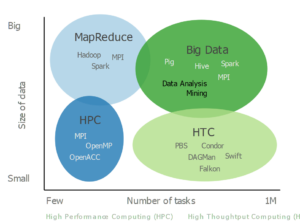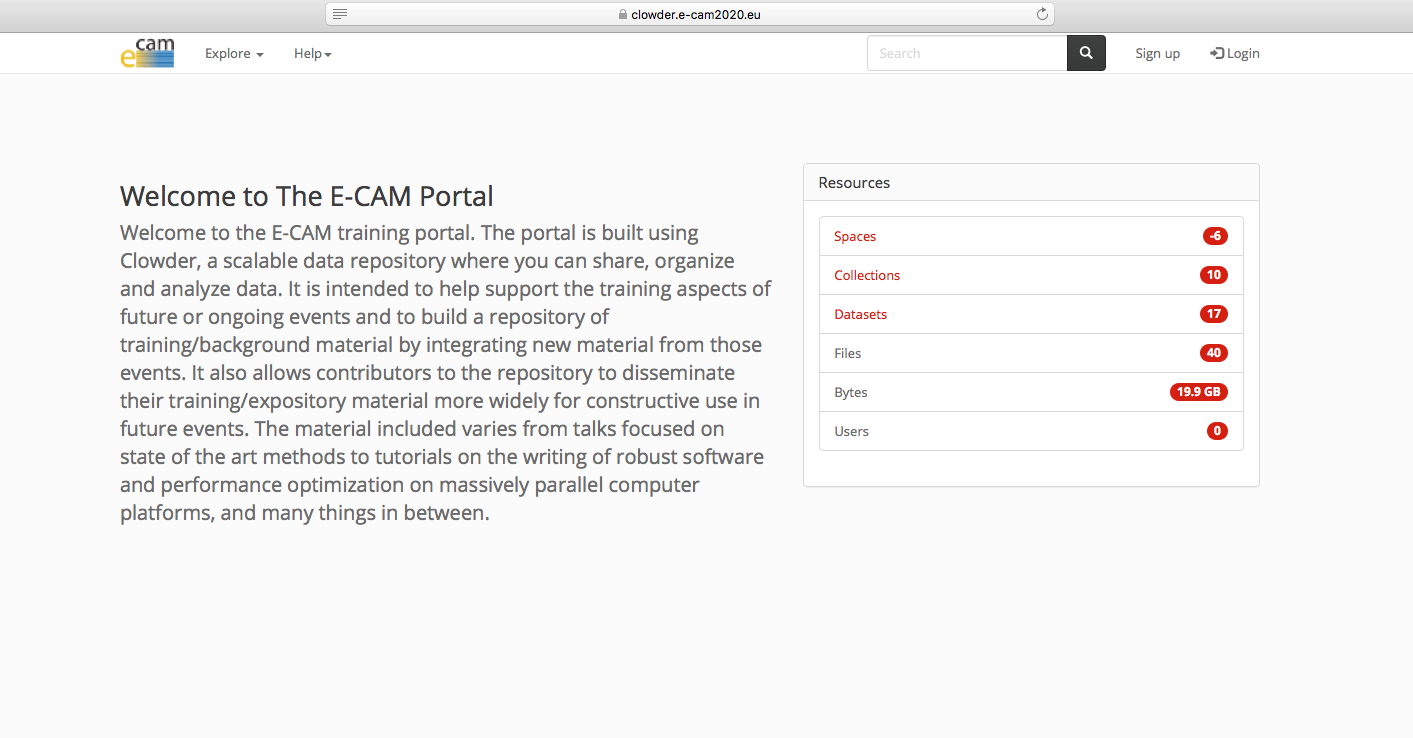Symmetry Adapted Wannier Functions is a module within Wannier90 which is devoted to the construction of Wannier function (WF) with a given symmetry. The procedure implemented in this module enables one to control the symmetry and center of the WFs and also simplifies the minimisation of the spread functional under these symmetry constraints.
This module is part of the nine modules reported in Deliverable D2.3 which together deal with the implementation of symmetry adapted WFs, to improve the symmetery of the WFs and related electronic-structure quantities, such as band structure and density of states; improvements in the interpolation of band structures, developments in the selection of the k-point mesh to increase accuracy, ability of performing non-collinear spin calculations as well as interface layer modules to tight-binding codes.
Starting from an E-CAM ESDW3 in San Sebastian organised by the Wannier90 developers, a set of nine modules were produced to meet the desire of the electronic-structure community to extend the use of WFs, and in particular of Maximally Localised Wannier Functions (MLWFs), to a broader class of physical and chemical problems by adding new functionality to the Wannier90 code.
All modules are accessible through the Wannier90 code, which in turn is interfaced with the all the most popular DFT codes. Wannier90 is used as a postprocessing tool. Therefore, the end users of electronic-structure codes, such as DFT, Tight Binding and Quantum Monte Carlo codes, that are interfaced with these modules via Wannier90, will benefit from the functionalities they provide, e.g. WFs with improved symmetry, spin-orbit calculations etc., and they can focus on developing new ideas, and new science without needing to rewrite functionalities that are already established.
Practical application and exploitation of the code
Wannier functions are an important class of functions which enable one to obtain a real-space picture of the electronic structure of a system. They provide an insightful chemical analysis of the nature of bonding, and chemical reaction in condensed-matter physics, similar to the role played by localised molecular orbitals in chemistry. They are also a powerful tool in the study of dielectric properties via the modern theory of polarisation. In the condensed-matter community WFs are employed in the construction of model Hamiltonians for, e.g., correlated-electron and magnetic systems (to study new quantum phases of matter) and are used as building blocks in first-principles Tight Binding Hamiltonians, where chemically accurate Hamiltonians are constructed directly on the Wannier basis, rather than fitted or inferred from macroscopic considerations. [1]
Wannier90 [2] is a program that, for a given system, generates the Wannier functions with minimum spatial spreads, known as MLWFs, among the class of all possible WFs. The locality of MLWFs can be exploited to compute, among other things, band-structure, density of states and Fermi surfaces at modest computational cost.
The developed modules have been used to study the properties of strongly correlated materials and to assess the quality of high-level quantum methods. [3]
[1] A. A. Mostofi, J. R. Yates, Y.-S. Lee, I. Souza, D. Vanderbilt, N. Marzari wannier90: A tool for obtaining maximally-localised wannier functions Comput. Phys. Commun 178 (2008) 685
[2] N. Marzari, A. A. Mostofi, J. R. Yates, I. Souza, D. Vanderbilt Maximally localized wannier functions: Theory and applications Rev. Mod. Phys. 84 (2012) 1419
[3] L. Boehnke, F. Nilsson, F. Aryasetiawan, P. Werner When strong correlations become weak: Consistent merging of GW and DMFT Phys. Rev. B 94 (2016) 201106


 E-CAM is organising a one week (16-20 July 2018)
E-CAM is organising a one week (16-20 July 2018) 